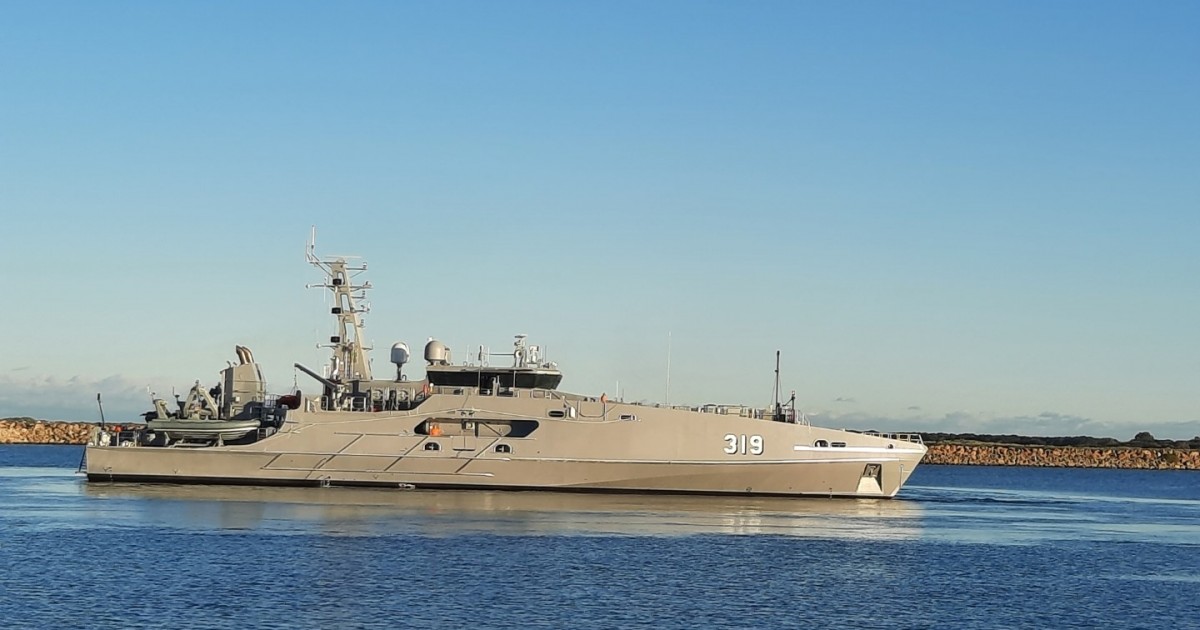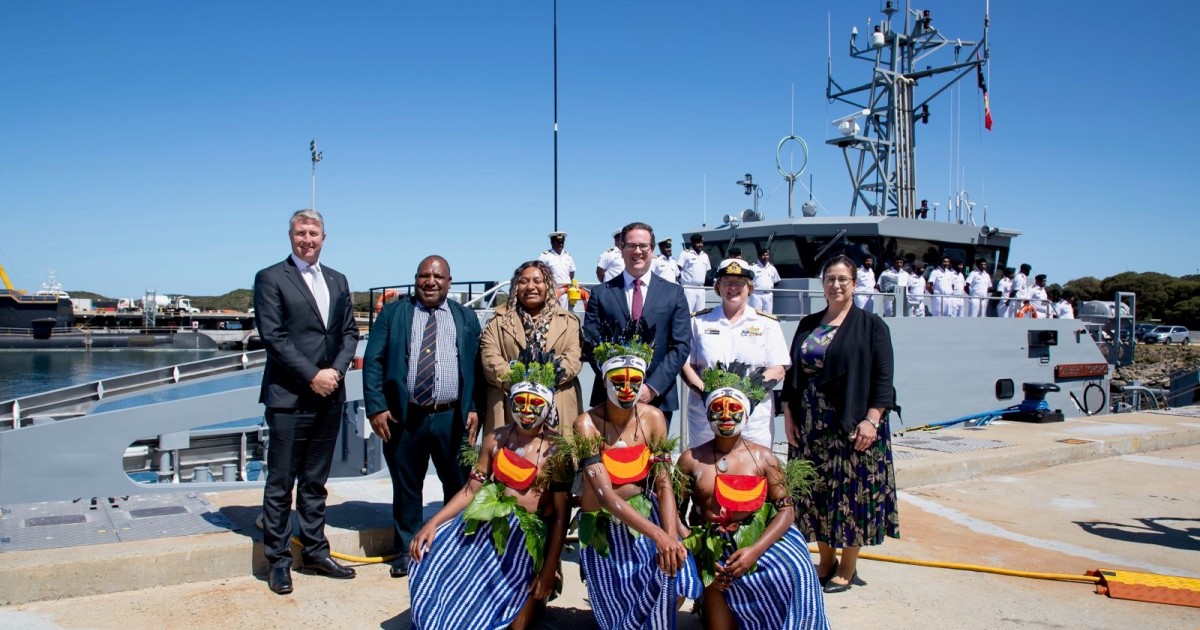It may be able to handle larger ships, up to ~200m, but as a very small run, of one or two ships. In the centre build hall areas. Which would lock out maintenance work. The side build areas are also 200m, so 2 x 80 or 2 x 90 would seem to be possible, but 2x~110m would not. You could fit one, but then your build speed halves and costs increase.
But yes, the original ship building plan has minor war vessels and things like smaller amphibious ships being built at Henderson. Ships grouped by not being overly complex or requiring extensive fitouts. Civmec likes to shape/weld steel.
Larger ships would also require upgrades such as to the lift and the yard to be at least temporarily reconfigured. Its a huge build hall, but it can't do everything all at once. Anything with more complex fitout should probably happen at Osborne.
They were also talking about consolidating Henderson, which means I think Civmec buying/merging out Austal OZ. But you have to give them a reason for that to happen.
Austal just delivered the 6th cape class. Two more to go..
COMPANY ANNOUNCEMENT 13 OCTOBER 2023 AUSTAL AUSTRALIA DELIVERS 6TH EVOLVED CAPE-CLASS PATROL BOAT TO ROYAL AUSTRALIAN NAVY Austal Limited (Austal) (ASX: ASB) is pleased to announce Austal Australia has delivered the sixth of eight Evolved Cape-class Patrol Boats (ECCPB’s) to the Royal Australian...

www.austal.com
Austal has also delivered the 17th guardian.
COMPANY ANNOUNCEMENT 4 OCTOBER 2023 AUSTAL AUSTRALIA DELIVERS 17TH GUARDIAN-CLASS PATROL BOAT Austal Limited (Austal) (ASX: ASB) is pleased to announce Austal Australia has delivered the 17th Guardian-class Patrol Boat (GCPB) to the Australian Department of Defence. The vessel, HMPNGS Gilbert...

www.austal.com
I know no one talks about these. But they are also happening and a thing. They make a huge difference for regional partners doing EEZ work.
As complex and mess as ship building is, you can see how perhaps, Australia should have a derisked ready to go small armed platform for other nations in the region, who have a positive relationship for Australia. We can offer a turn key system, with training, support logistics, no bribes, commonwealth supported, decent performance, fast delivery.
Well it was meant to be built just a Henderson, then it was built at Henderson and Osborne with ASC through BAE(first 2) . Then it was to be a 40mm gun, then that got scrapped, then the upgunning and threat change started, and there are certification and other issues. Well its basically a Greenfields ship building site, and we selected a builder who hadn't really built anything in Australia before. Pretty much every defence project has been on the list at one point.
I don't believe so. But I wouldn't be surprised if they lease it for 1-3 years, perhaps with crew while Hobart upgrades are happening.
The Spanish Army will deploy its most modern frigate, the 'Cristóbal Colón', in Australia, during the first half of 2017.

thediplomatinspain.com
I had suggested this before. If it is no longer possible to build a ship in time, then Australia will be forced to see what's on the market. Man, we are really missing that 4th AWD.


